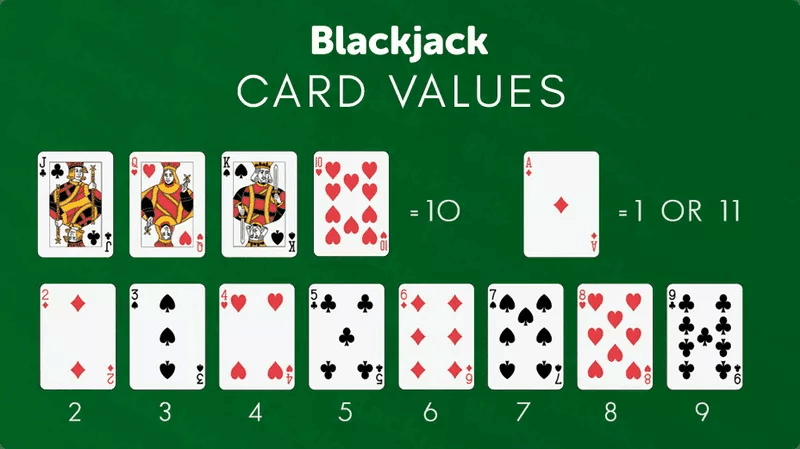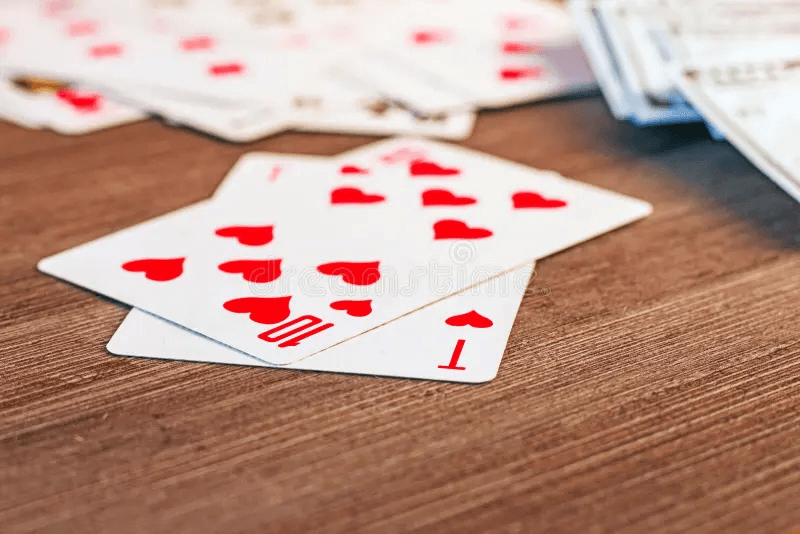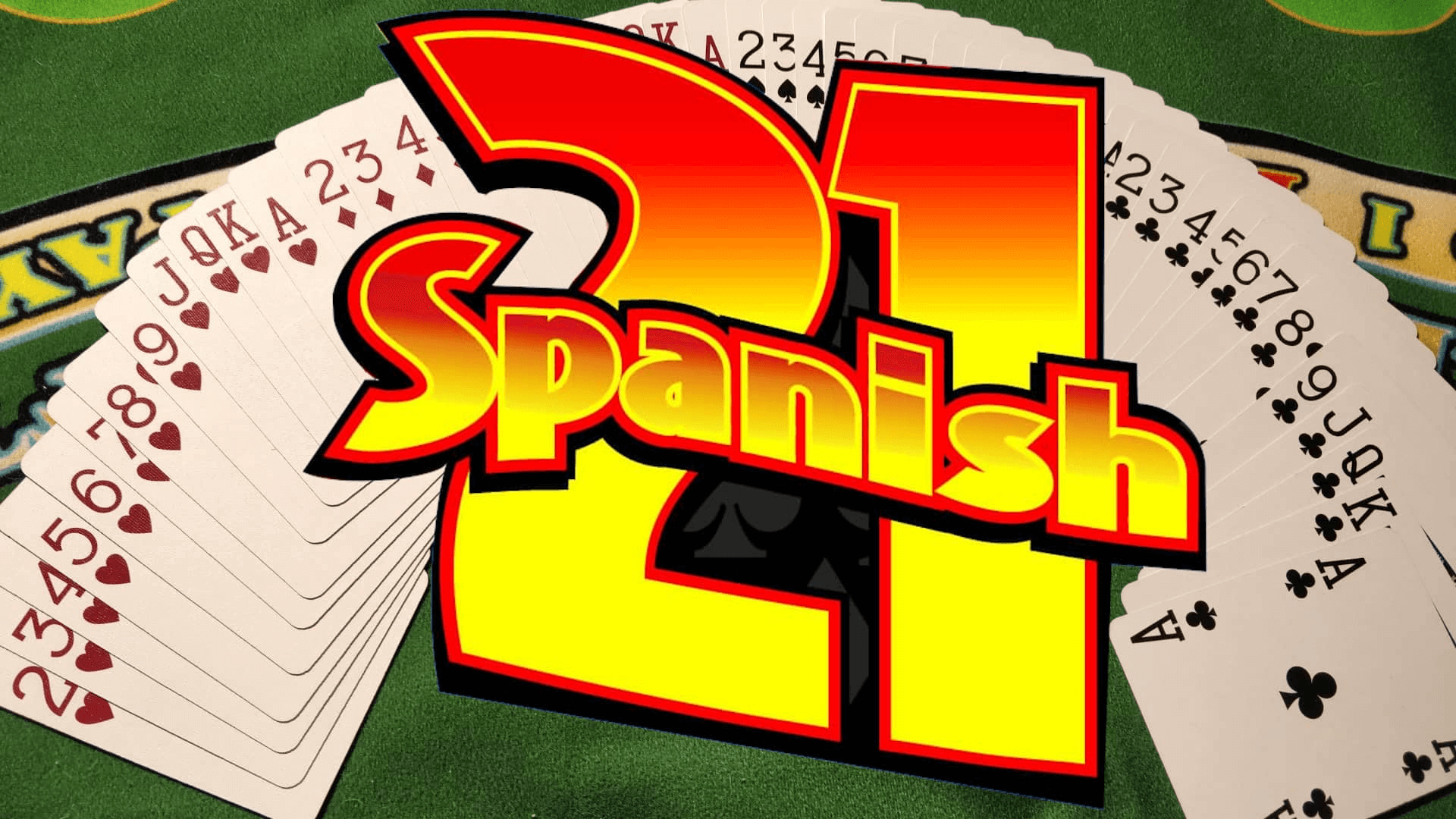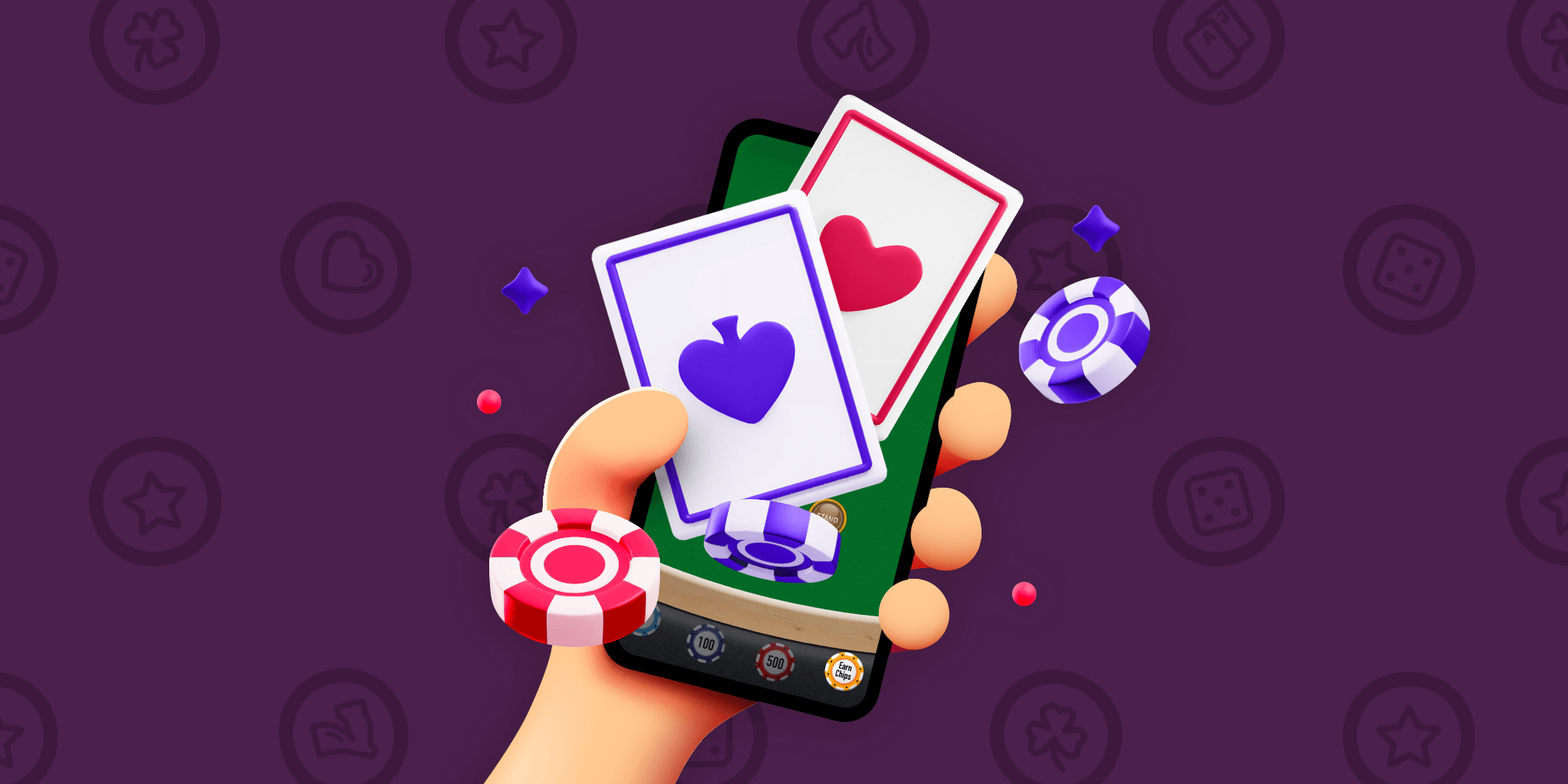Blackjack, also called Twenty-One, is a simple and popular card game played at home or in casinos. The goal is to get as close to 21 as possible without going over, competing against the dealer – not other players. Its easy rules and fast pace make it fun and exciting. This guide covers how to play and some basic strategies to help you win.
Objective of the Game
Twenty-One is about beating the dealer by getting close to 21 points without going over, making it a fun mix of risk and strategy. If you’re looking to practice or test your skills, you can play the 21 game online through various platforms that offer fun or real-money gameplay.
Beat the Dealer Without Going Over 21
The goal of Twenty-One is to beat the dealer without going over 21. Players get two cards, and so does the dealer. You can hit (take a card) or stand (keep your total). The best hand is a “Blackjack” – an Ace plus a 10-point card – which usually wins right away.
Understanding the Concept of Busting
In Blackjack, going over 21 means you bust and lose instantly. Knowing when to hit or stand – based on your total and the dealer’s card – helps avoid this risk.
What Happens in a Tie – The Push
If the player and dealer tie, it’s called a push. No one wins or loses, and the bet is returned.
Basic Gameplay Mechanics
To play Twenty-One well, you need to know the basics. It’s simple to learn, but strategy makes it exciting. This part explains how the game is dealt, card values, and player choices.
How the Game Is Dealt
At the start, both player and dealer get two cards. The player’s cards are face up, while the dealer shows one and hides one. The player can hit (take a card) or stand (keep their hand) based on their total and the dealer’s card. Then the dealer reveals their hidden card and plays by rules – usually hitting on 16 or less, and standing on 17 or more.
Card Values in the Game
In Twenty-One, number cards are worth their face value, face cards are 10 points, and Aces count as 1 or 11 – whichever helps most. A Blackjack (Ace + 10-point card) is the best hand and wins instantly unless the dealer also has one.
Player’s Decision-Making Process
In blackjack, players can hit to draw a card, stand to keep their hand, double down to double their bet for one card, or split pairs into two hands. The goal is to get close to 21 without going over, and each move should be based on your hand and the dealer’s card.
Detailed Rules of Play

In Blackjack, players decide whether to hit (draw a card) or stand (keep their hand), with options like doubling down and splitting pairs. The dealer follows set rules, adding more strategy to the game.
Players’ Turn: Hit or Stand
After the deal, players decide to hit (take another card) or stand (keep their hand). Players usually hit with a total of 12-16, especially if the dealer’s upcard is strong. They stand with a strong hand (17-21) to avoid busting (going over 21).
The Option to Double Down
Players can double down to double their bet and receive one more card. This is a good option with hands like 9, 10, or 11, as they have a higher chance of improving. Doubling down can only be done on the first two cards, and no more hits are allowed after that. It’s best to double down when the hand is strong and the dealer has a weak upcard, like 4, 5, or 6.
Splitting Pairs into Two Separate Hands
In Twenty-One, players can split a pair of identical cards into two hands by placing an additional bet. Each hand is played separately, with players deciding whether to hit or stand. If Aces are split, only one card is dealt to each hand, and doubling down may not be allowed. Splitting is a good strategy with pairs like 8s or Aces, as they can form strong hands.
Dealer Rules: When and How the Dealer Acts
The dealer follows strict rules: they must hit on 16 or less and stand on 17 or more. This ensures fairness and limits the dealer’s choices. If the dealer busts (goes over 21), all remaining players win.
Winning and Losing in Twenty-One

To win at Blackjack, you need a hand close to 21 without going over. This section explains how to win, what happens in a push, and the payout rules.
How a Winning Hand is Determined
In Twenty-One, the player wins if their hand is closer to 21 than the dealer’s without going over. If both have the same total, it’s a push, and the player gets their bet back.
What Happens in the Case of a Push (Tie)
A push happens when the player and dealer have the same total, like both having 20. No one wins, and the player’s bet is returned. It’s neither a win nor a loss, and the game continues. Pushes often occur when both have strong hands, like 18, 19, or 20.
What is Blackjack?
A Blackjack is an Ace and a 10-point card (10, Jack, Queen, or King), totaling 21 points. If dealt a Blackjack, the player usually wins, unless the dealer has one too. It pays 1.5:1, so a $10 bet wins $15.
When Does a Player Lose Their Bet?
A player loses their bet in two ways:
- The dealer’s hand beats the player’s: If the dealer’s hand is higher and doesn’t bust, the player loses.
- The player busts: If the player’s hand goes over 21, they automatically lose, even if the dealer has a lower hand.
Strategy Tips for Playing Twenty-One

Winning at Blackjack isn’t just about luck; it’s about strategy. This section covers key tips for beginners and pros on when to hit, stand, double down, or split pairs to improve your chances.
When to Hit and When to Stand Based on the Dealer’s Upcard
In Blackjack, know when to hit or stand. Stand if your total is 17 or higher, as drawing a card risks busting. If your hand is 12-16 and the dealer shows 7 or higher, it’s better to hit. If the dealer shows 6 or lower, stand, as they’re more likely to bust.
The Importance of Doubling Down with Certain Hands
Doubling down lets players double their bet for one more card. It’s a good strategy when you have an 11, as you’re likely to get a 10-point card, or when you have a 10 and the dealer’s upcard is 9 or lower. Always consider your hand and the dealer’s card before doubling down.
When Splitting Pairs is Beneficial
Splitting lets you turn two identical cards into separate hands by placing a second bet. It’s good to split Aces and 8s for better chances to win. However, never split 10s or 5s—10s form a strong hand, and 5s are better left together for a total of 10.
Card Counting: Is It Worth Trying?
Card counting is a strategy where players track dealt cards to predict the remaining ones. It’s not illegal but is discouraged by casinos, and players caught counting cards may be asked to leave. This strategy requires skill and focus, making it unsuitable for beginners. For most players, using basic strategies like hitting, standing, doubling down, and splitting pairs is the best way to play.
Variations of the Twenty-One Card Game

Blackjack has several popular variations with different rules, payouts, and strategies. In this section, we’ll look at variations like European Blackjack, Spanish 21, and Pontoon, and how they differ from the classic game.
European Blackjack
European Blackjack is a popular variation where the dealer gets one card face up, and the second card is revealed later. Players must guess the dealer’s hand based on the upcard. Doubling down is only allowed with a 9, 10, or 11. It often offers a 3:2 payout for a Blackjack, though this can vary by casino.
Spanish 21
Spanish 21 uses a deck without 10s, making it harder to get a Blackjack but adding more strategy. It offers bonus payouts like 5-card 21 or 6-card 21 for bigger wins. Players can double down on any number of cards and use late surrender to lose half their bet if the dealer has Blackjack. These features make Spanish 21 a unique, strategic twist on regular Blackjack.
Pontoon
Pontoon is a Blackjack variation with different rules. The dealer’s cards are both face down, adding uncertainty for players. The goal is to get a Pontoon (Ace and a 10-point card), which pays 3:2. Players can double down and split multiple times, except for Aces, which can only be split once. This creates more strategic options.
Playing Twenty-One Online vs. in a Casino

Whether you enjoy the casino vibe or the convenience of home, Twenty-One (Blackjack) can be played in various ways. We’ll compare playing it in a traditional casino vs. online, including live dealer games, mobile apps, and software versions.
Playing Twenty-One in a Casino
Playing Twenty-One in a casino is exciting with real-time action, dealer interaction, and a lively atmosphere. However, the crowded setting can be overwhelming, and the location and betting limits may not always suit everyone. Online play offers more flexibility and lower stakes, though it lacks the same in-person thrill.
Playing Twenty-One Online
Playing Twenty-One online is flexible and accessible. You can play anytime, anywhere, on mobile or desktop. Online casinos offer software versions where you play against a computer, or live dealer tables with real dealers via video. Live dealer Blackjack adds interactivity, letting you chat with the dealer and other players for a more authentic feel. Mobile apps are optimized for easy, on-the-go play. However, online play may lack the atmosphere of a physical casino and can be distracting at home.
Advantages and Disadvantages of Each Format
When choosing between playing Twenty-One in a casino or online, consider the pros and cons. Casinos offer a live atmosphere, real-time excitement, and social interaction, but can be crowded with higher betting limits. Online play is convenient, flexible, and offers a wide range of betting options, including live dealer games. However, it may lack the immersive atmosphere and social feel of a physical casino.
Conclusion
Blackjack offers an exciting challenge where strategy can improve your chances of winning. Knowing when to hit, stand, double down, or split pairs is key. Practicing the game helps you make better decisions, whether playing for fun or real money. Free online games and strategy guides can help you learn and refine your skills. With practice, you’ll develop a winning strategy.

Chase Ortiz is part of the team at PaigeSimple, where he takes care of all the advertising requests. With a sharp eye for detail, Chase makes sure every advertising opportunity is handled smoothly, helping the site grow and reach more people. His ability to manage these tasks efficiently makes him an important part of the team.

